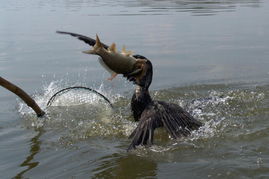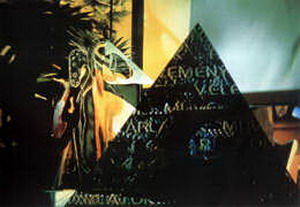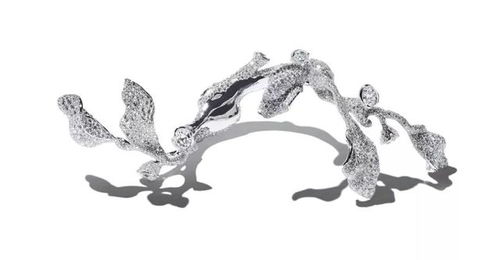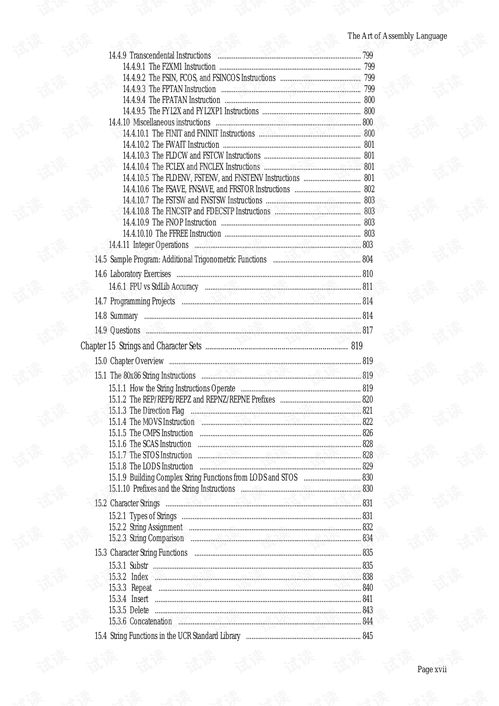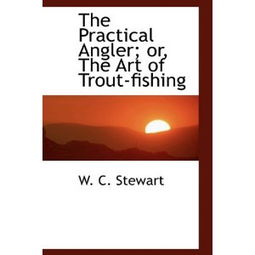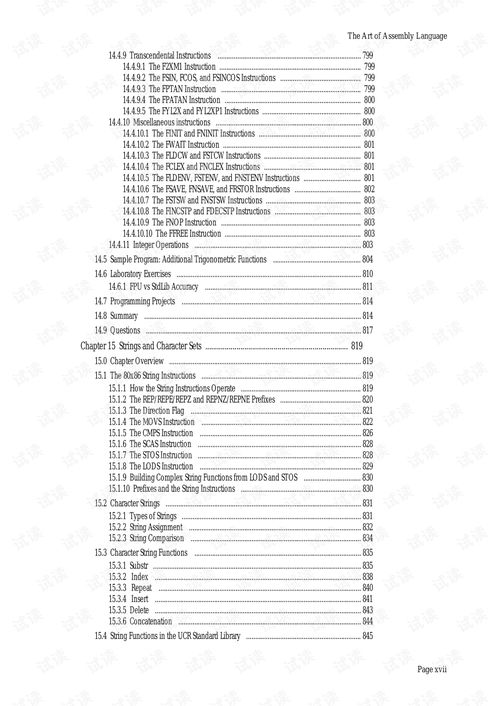Content:
Introduction: Fishing in long-shaped ponds can be both challenging and rewarding. The unique shape of these ponds can present certain difficulties, but with the right techniques, you can increase your chances of catching fish. In this article, we will discuss the various strategies and tips to help you become a master fisherman in long-shaped ponds.
Understand the Pond's Shape: Before you start fishing, it is essential to understand the pond's shape. Long-shaped ponds often have a narrow section in the middle, with wider ends. This shape can create different currents and areas where fish may congregate. Familiarize yourself with the pond's layout to identify the best spots to cast your line.
Choose the Right Equipment: To fish effectively in long-shaped ponds, you need the right equipment. Here are some essential items to consider:
a. Rod and Reel: A medium-heavy action rod with a length between 6 to 7 feet is ideal for long-shaped ponds. This rod will help you cast your line accurately and reach the desired spots.

b. Line: Use a monofilament line with a breaking strength of 10 to 15 pounds. This line will provide enough strength to handle the fish without breaking.
c. Lures and Baits: Depending on the fish species in the pond, choose appropriate lures or baits. Live bait, such as worms or minnows, can be effective in long-shaped ponds.
Cast Your Line Strategically: To fish effectively in long-shaped ponds, you need to cast your line strategically. Here are some tips:
a. Cast to the Middle: Start by casting your line towards the middle of the pond, as this is where the fish might congregate due to the current. If you don't get a bite, adjust your casting angle accordingly.
b. Use Different Angles: Cast your line at different angles to cover more ground. Experiment with casting to the sides, back, and even diagonally to find the most productive spot.
c. Adjust Your Casting Distance: If you are not getting any bites, try casting your line further away. This will allow you to reach areas where the fish might be lurking.
Locate the Fish: To increase your chances of catching fish in long-shaped ponds, identify the most productive areas:
a. Edges: Fish often gather near the edges of long-shaped ponds. Cast your line towards the edges to cover these areas.
b. Cover: Fish may seek shelter in vegetation, rocks, or fallen trees. Target these areas by casting your line near or through the cover.
c. Depths: In long-shaped ponds, fish might be found at different depths. Experiment with different depths by adjusting your bait's position on the line.
Be Patient and Observant: Fishing in long-shaped ponds requires patience and observation. Here are some tips to help you succeed:
a. Wait for the Bite: Don't rush your fishing. Give the fish time to take your bait. Be patient and wait for the subtle signs of a bite.
b. Observe the Fish: Pay attention to the fish's behavior. If they are active, it might indicate that they are feeding. Conversely, if they are inactive, it might be a good idea to change your location or technique.
c. Adapt to the Conditions: Weather, time of day, and water temperature can affect fish behavior. Adapt your approach accordingly to increase your chances of success.
Conclusion: Fishing in long-shaped ponds can be a challenging but rewarding experience. By understanding the pond's shape, choosing the right equipment, casting strategically, and locating the fish, you can improve your chances of catching fish. Remember to be patient and observant, and you'll soon become a master fisherman in long-shaped ponds.
